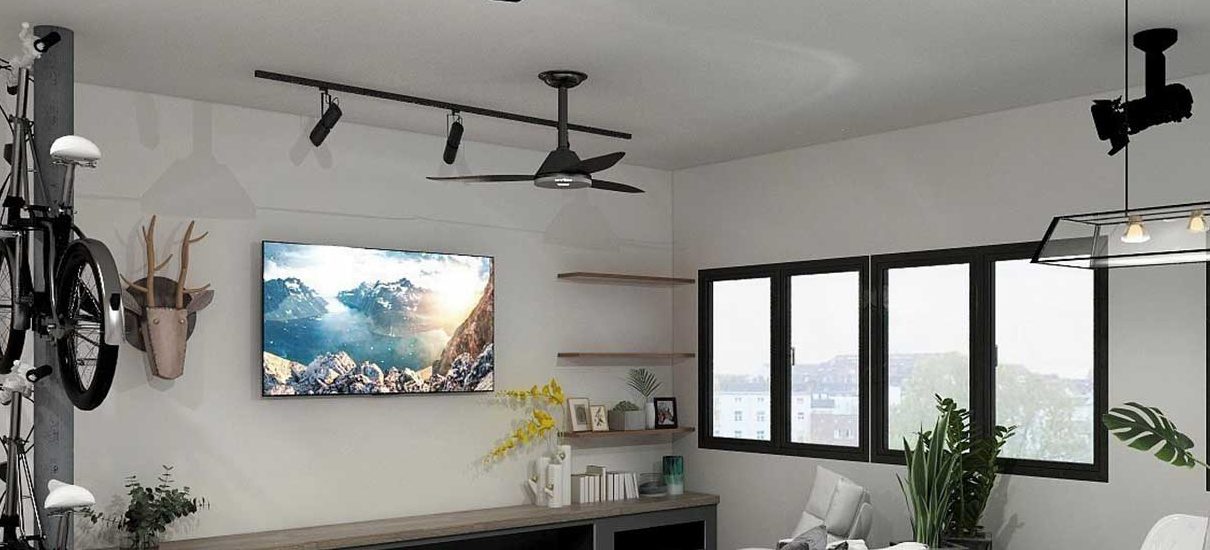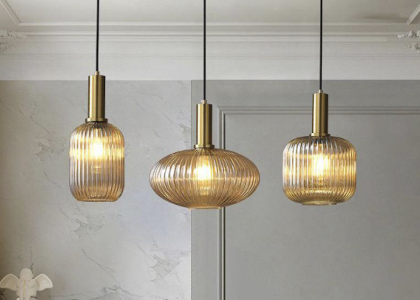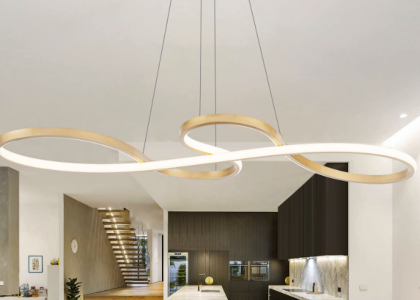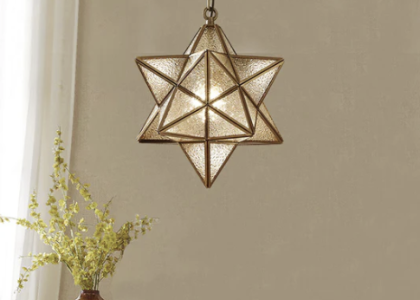Introduction
The living room is often considered the heart of a home. It’s where we spend time with family and friends, entertain guests, and sometimes even work or study. The right lighting can make all the difference in creating a warm and inviting atmosphere, and one great way to achieve this is through up lighting. In this article, we’ll explore what up lighting is, how it can enhance your living room, and tips for incorporating it into your home decor.
What is Up Lighting?
Up lighting is a lighting technique where the light source is directed upwards, towards the ceiling or a wall. This creates a soft, diffused light that illuminates the room in a more subtle and natural way. Up lighting can be achieved through various fixtures, such as floor lamps, wall sconces, or recessed lighting.
Benefits of Up Lighting in the Living Room
There are several benefits to incorporating up lighting into your living room:
1. Creates a cozy and inviting atmosphere: Up lighting creates a warm and welcoming ambiance that’s perfect for relaxing or entertaining.
2. Enhances the room’s architecture: Up lighting can highlight architectural features, such as a unique ceiling design or a striking wall texture.
3. Provides subtle illumination: Unlike harsh overhead lighting, up lighting provides a gentle, diffused light that’s easy on the eyes.
4. Saves space: By directing the light upwards, up lighting takes up less space than traditional floor or table lamps.
How to Incorporate Up Lighting into Your Living Room Decor
Now that we’ve covered the benefits of up lighting in the living room, let’s explore some tips for incorporating it into your home decor:
1. Choose the right fixtures: Consider the size of your living room and the style of your decor when selecting up lighting fixtures. Floor lamps or wall sconces can add a touch of elegance, while recessed lighting creates a seamless look.
2. Position the fixtures strategically: Place the fixtures in areas that will create the most impact, such as highlighting a piece of art, a unique ceiling design, or a cozy reading nook.
3. Use dimmers: Dimmer switches allow you to adjust the amount of light, creating a versatile lighting scheme that meets your needs throughout the day.
4. Combine with other lighting sources: Up lighting should not be the only source of light in your living room. Combining it with other sources of light, such as task lighting or ambient lighting, will create a layered effect that’s both functional and stylish.




